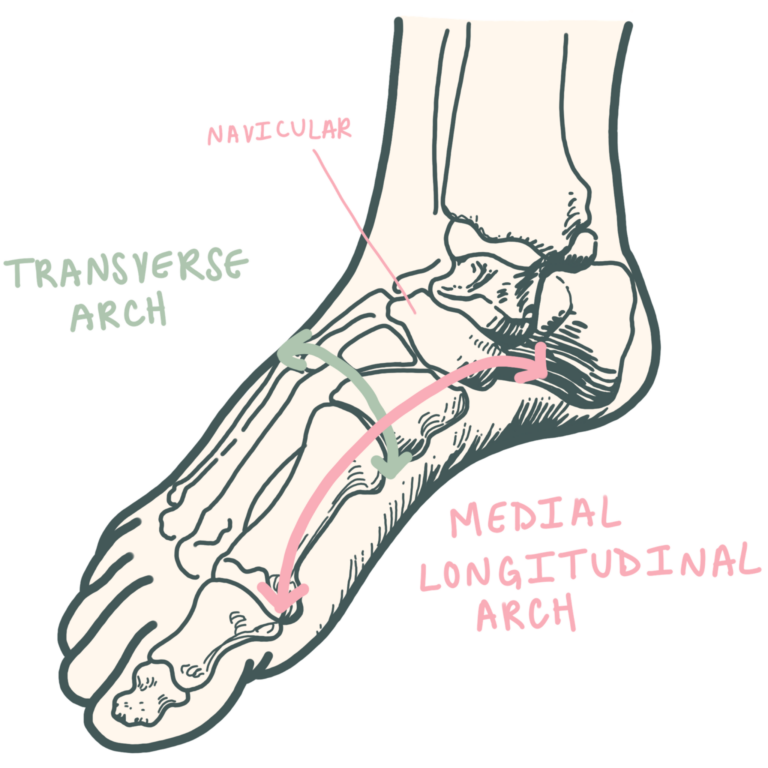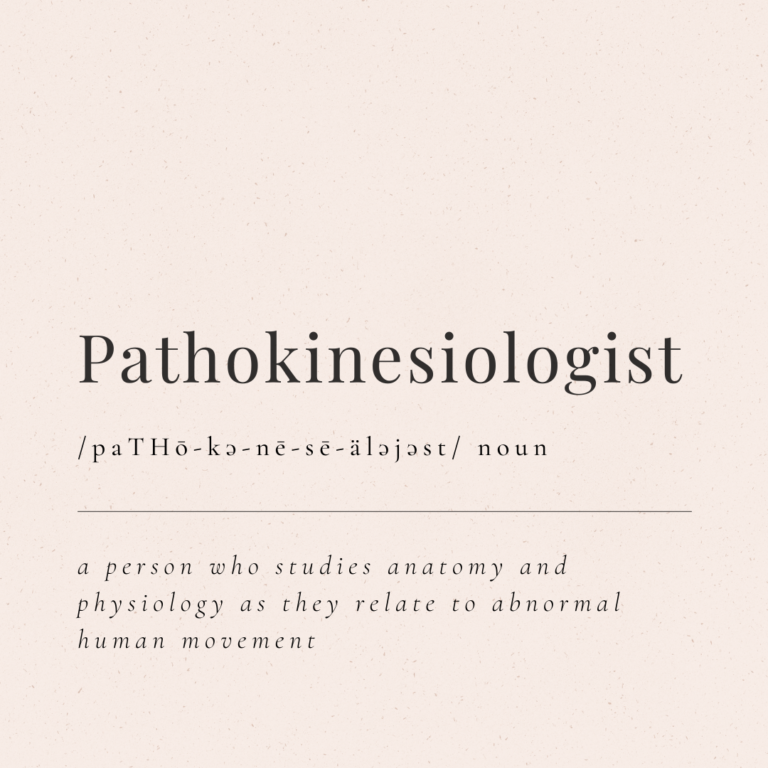Studying dance taught me how to quickly notice when my body “felt off”. However, there were times I struggled to identify the pain’s severity and set a boundary on when I should seek medical attention. I quickly assumed my body would return to the pre-pain days with just a little rest. Going to sleep and then waking up the following morning with the same annoying pain after being hopeful that tomorrow will be a new day can be extremely disappointing. Pain can take a toll on anyone’s mental health, especially dancers. In fact, one study compared the pain coping styles of ballet dancers to other athletes and found that the ballet dancers displayed a higher catastrophizing response1.
Pain is a tricky subject to discuss since everyone experiences it differently. How a person perceives pain depends on their environment, culture, emotions, beliefs, psychological and physiological responses, and previous painful experiences2. I wasn’t surprised to learn that numerous studies agree that many dancers have a higher tolerance and pain threshold than non-athletic individuals1,3. A huge contributing factor is the performing arts culture. The notion that “the show must go on” and the fear of being replaced in a role is enough to shrug off any nagging pain for many artists3. Another obvious factor is the rigorous training that repeatedly exposes dancers to the noxious stimuli of extreme movements, intense stretches, muscle soreness, and numerous injuries throughout the entirety of one’s dance career1. The repeated exposure to pain forces the nervous system to become a master in modulating how much pain gets perceived out of survival – talk about “no pain no gain!”2
But is all pain bad? In PT school, I was surprised to learn that pain can be a good thing in many ways. Pain requires us to respond through action and adaptation. I also learned a person doesn’t have to be injured to have pain. Pain is frequently experienced before an injury or actual tissue damage – it’s the body’s way of saying “hey, chill out!” You can think of pain signals as a Traffic Controller, waving you through to proceed with caution or telling you to STOP! When I was dancing, I had never thought of pain as something that could help me. Every time I was in pain, I tied a negative connotation to it. I figured my pain was due to an injury, and I would get anxious at the idea of a medical professional advising me to “simply stop dancing” – the audacity! I should have taken the time to try and understand what the pain signals were telling me, how to make movement modifications, and setting a boundary on when I should get checked out, before getting dismayed. Of course, I didn’t know I should do those things because nobody taught me about pain.
Like I said before, pain is a tricky subject. A dancer can experience pain from a chronic injury, a new one, or even with no injury at all. Depending on how your body perceives pain, it is also possible to have a serious injury while having no pain at all. Those with a high pain tolerance can endure pain for an extended period, and those with a high pain threshold require a lot more pain signals before the noxious stimuli can be perceived1. While having a warped pain perception is beneficial in reaching a high-performance caliber, it can also be detrimental to a dancer’s career when dancing through the pain because that pain may indicate a future injury that could be avoided if treated early on.
In dance I often hear “listen to your body”, which is a great reminder to take time to reflect on and be receptive to pain signals – but interpreting what the pain signals are trying to convey can be challenging if you don’t know which questions to ask yourself. Because dancers that ignore pain signals are at an increased risk of developing a chronic injury, topicals like Icy Hot and Tiger Balm should be used with care1. They serve to temporarily distract your nervous system from the pain signals but won’t fix what’s actually going on. It is extremely important to act early since dancers have a noticeably higher pain tolerance and threshold than non-active individuals. It’s important to get to the root of the problem, to take action and adapt. Early prevention is critical in keeping dancers on the stage for the long term.
To help dancers tap into their inner neuroscientists, I put together a questionnaire to assist in actively listening to the body’s pain signals.
The Guided Reflection for Dancers Experiencing Pain is a two-page reflection template with 10 prompting questions for dancers in pain. Who doesn’t love a good journaling prompt?! I drew from medical questionnaires for assessing injured patients in a clinical setting because I think dancers can benefit from a more precise inventory of their bodies. Understanding pain signals and when your body needs the attention of a trained medical professional is hugely important in extending a dance career.
I hope the Guided Reflection for Dancers Experiencing Pain helps keep you dancing for many years to come!
Please note:
The Guided Reflection for Dancers Experiencing Pain does not solve pain problems or diagnose injuries.
You should absolutely seek medical care from a trained professional (MD, DO, DPT) when:
- The pain is getting worse
- The pain site increases in size or changes in location
- A new pain sensation appears (aching, sharp, throbbing, etc)
- The pain is interrupting your daily activities, not just in dance
- The pain is lasting more days than you anticipated
If you have pain when you dance, please consult a licensed physical therapist or your healthcare provider. Bonus points if they are familiar with dance!
References:
1.) Anderson R, Hanrahan S. Dancing in Pain: Pain Appraisal and Coping in Dancers. Journal of Dance Medicine and Science. Volume 12. November 2008. PMID: 19618573
2.) Ho K, Spence J, Murphy M. Review of Pain-Measurement Tools. Annals of Emergency Medicine. April 1996. DOI: 10.1016/s0196-0644(96)70223-8.
3.) Tajet-Foxell B, Rose F. Pain and pain tolerance in professional ballet dancers. British Journal of Sports Medicine. Volume 29, Issue 1. March 1995. DOI: 10.1136/bjsm.29.1.31




